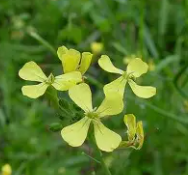Information report for RrC1783_p1
Gene Details
|

|
Functional Annotation
Family Introduction
Literature and News
Gene Resources
Sequences
Information report for RrC1783_p1
Gene Details
|

|
Functional Annotation
Family Introduction
Literature and News
Gene Resources
Sequences